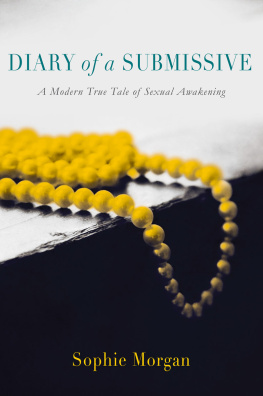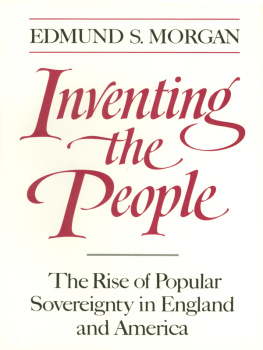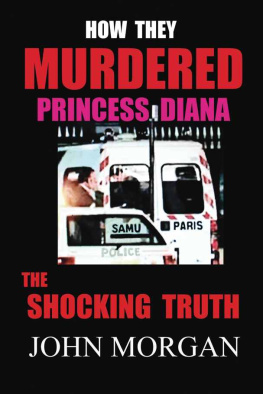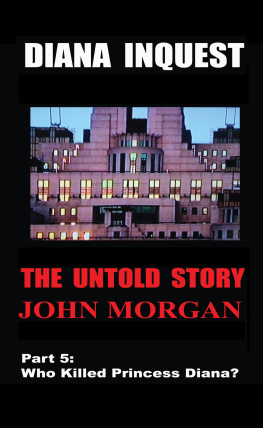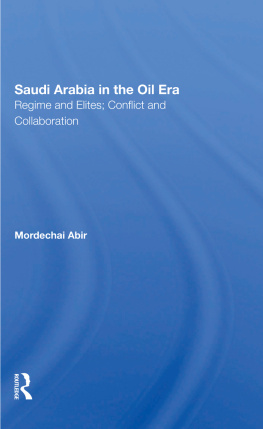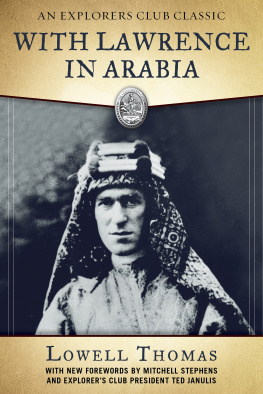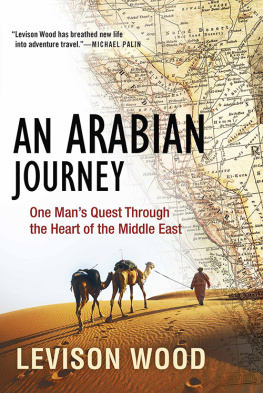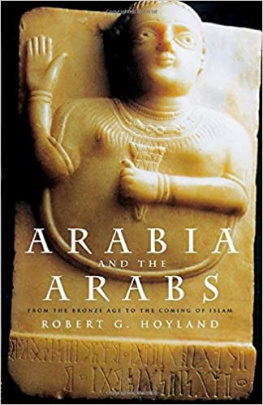GOLDEN AGE
SCIENCE FICTION
CLASSICS
EdmondHamilton


About the Author
Inthe history of science fiction, there are very few authors who were able tomake the transition from the early days of pseudo-science into the harshreality of the post-nuclear world. Of those who made the transition, stillfewer were able to adapt to the changing moods of the Cold War or the socialupheavals of the 60s. But, there were a very few authors who managed to writestories and novels throughout it all: from the time of the Space Opera throughthe first landing on the moon and beyond.
Oneof these authors was Edmond Hamilton.
EdmondHamilton was born in 1904 in Youngstown, Ohio. A child prodigy, he completedhigh school and entered into college at the age of 14 with the dream ofbecoming an electrical engineer. Unfortunately, the age discrepancy betweenHamilton and the other students made it very difficult for him to adaptsocially to his new surroundings and he never completed his degree. He flunkedout during his third year and took a job with the Pennsylvania Railroad whilehe tried to figure out what to do with the rest of his life.
Hamiltonhad always been a voracious reader, particularly of the works of A. Merritt andBurroughs. Although he had never shown any inclination towards writing before,he decided in the mid-20s to be an author. Whether this decision was just anintellectual exercise or was born out of necessity is not known, but his firstattempt, the short story "The Monster-God of Mamurth, wassubmitted to Weird Tales and published in 1926. A second story wasaccepted with equal ease. Within a very short time, Hamilton was anestablished author, writing both atmospheric horror stories and science fictionstories in the space opera style of E. E. "Doc" Smith for a varietyof outlets.
Theearly science fiction stories also gained Hamilton the nickname of "WorldWrecker" since most of these tales involved a major menace to the galaxythat had to be defeated, usually, by a space armada and the destruction of aplanet or two.
Fromthe 20s to the mid-40s, Hamilton worked solely as a freelance author and wasvery prolific, often writing several short stories simultaneously while workingon a novel-length serial. He also dabbled in some mystery and detective fictionduring slow periods for the sale of science fiction. Some estimates suggestthat his short story output alone may have numbered in the hundreds, but,because some of Hamilton's work was published under pseudonyms as well as hisown name, the true number of stories may never be known. He also established anumber of firsts during this extremely fertile period, including the first useof a space suit in science fiction, the first space walk and the first use ofan energy sword, the prototype for what George Lucas, a Hamilton fan, wouldlater dub a light saber. He also found time to travel during this period andvisited much of the US and parts of Mexico, often in the company of his friend,author Jack Williamson.
In1946, Hamilton's output slowed and with good reason. First, he married authorLeigh Brackett and they began to restore a 130 year old house in Kinsman, Ohio,which became their primary home for many years. Secondly, Hamilton embarked ona secondary career as a comic book writer.
Exactlyhow Hamilton entered into comic book writing is a bit of a mystery. The longaccepted sequence of events (a chronology substantiated in later years byHamilton) is that he was contacted by his old friend, and former editor, MortWeisinger in 1946. Weisinger, had been the senior editor for Standard Magazinesprior to moving to DC Comics in 1941, just after he and Hamilton had createdthe pulp character, Captain Future. Back from a stint in the military,Weisinger was looking up many of the writers he had worked with in the pulps tooffer them jobs writing comic books for DC. Research, however, would suggestdifferently.
TheGrand Comic Book Database website shows a credit for Hamilton as early as 1942at DC with a story in Batman #11. In and of itself, this not a greatstretch, since Weisinger entered the military in late 1942 or early 1943. Onecould assume that this might have been a tryout of some sort on Hamilton's partand Weisinger was the editor of Batman at this point. Of even greaterinterest are the writing credits for some Black Terror stories in America'sBest Comics in 1945. Again, this would also be a fairly logical connection,since Black Terror was published by Standard and even without Weisinger,Hamilton would most likely have had some connections within the company.Exactly how these earlier stories have been left out of most chronologies isnot known and why Hamilton chose not to mention them is yet another enigma.What is known, however, is that the pulp market was slowing, Weisinger waslooking for writers, Hamilton was interested and, at some point in the mid-40s,he began his second career as a comic book writer.
Writingfor comic books presented a new venue for Hamilton. Comics paid better thanpulps in the post-war years and he could do as many, or as few, as he wanted,even to the point where he could put his comic writing on hold to work on anovel or short story. Hamilton was also allowed to mail his scripts to DC,which meant trips to New York were unnecessary. Originally hired as a writerfor Batman, Hamilton was soon doing Superman and the Batman/Supermanstories in World's Finest, as well. In addition, Julius Schwartz,Hamilton's former literary agent, was a DC editor and he started to sendassignments to Hamilton for his stable of science fiction comics. Over the next20 years, Hamilton proved himself to be prolific as ever, creating some fondlyremembered stories for a number of DC characters, including a long run in the60s on the "Tales of the Legion of Super-Heroes" series in AdventureComics. Along with his comic book writing, Hamilton also traveled forpleasure, made trips to Hollywood (as part of his wife's screenwriting career)and still found time to turn out out novels and short stories on a fairlyregular basis, but by no means as quickly as he had in the previous twentyyears.
By1966, Hamilton decided it was time to think about retirement, so he resignedhis position at DC. He and Leigh divided their time between the restored housein Kinsman and their second home in Lancaster, California, where they spent thewinters. They also spent a great deal of time traveling to various destinationsaround the world. Hamilton still found time to write the occasional short storyduring the 1960s. Unfortunately, his health became increasingly frail and bythe early to mid-70s, he was under fairly constant medical care and not allowedto travel very far from either home.
Eventuallyhe passed away in 1977.
September,2011
THE MONSTER GOD OF MAMRUTH

INTRODUCTION
EdmundHamiltons first story, "The Monster-God of Mamurth," was publishedin the August, 1926 issue of Weird Tales. This would be the beginning ofa twenty-two year relationship that would see no less than seventy-eight Hamiltonstories appearing in the magazine. Although the majority of these stories werescience fiction, editor Farnsworth Wright included them under the heading of"weird scientific" stories, apparently in an attempt to combine thetheme of the magazine with Hamilton's popularity.
Next page


